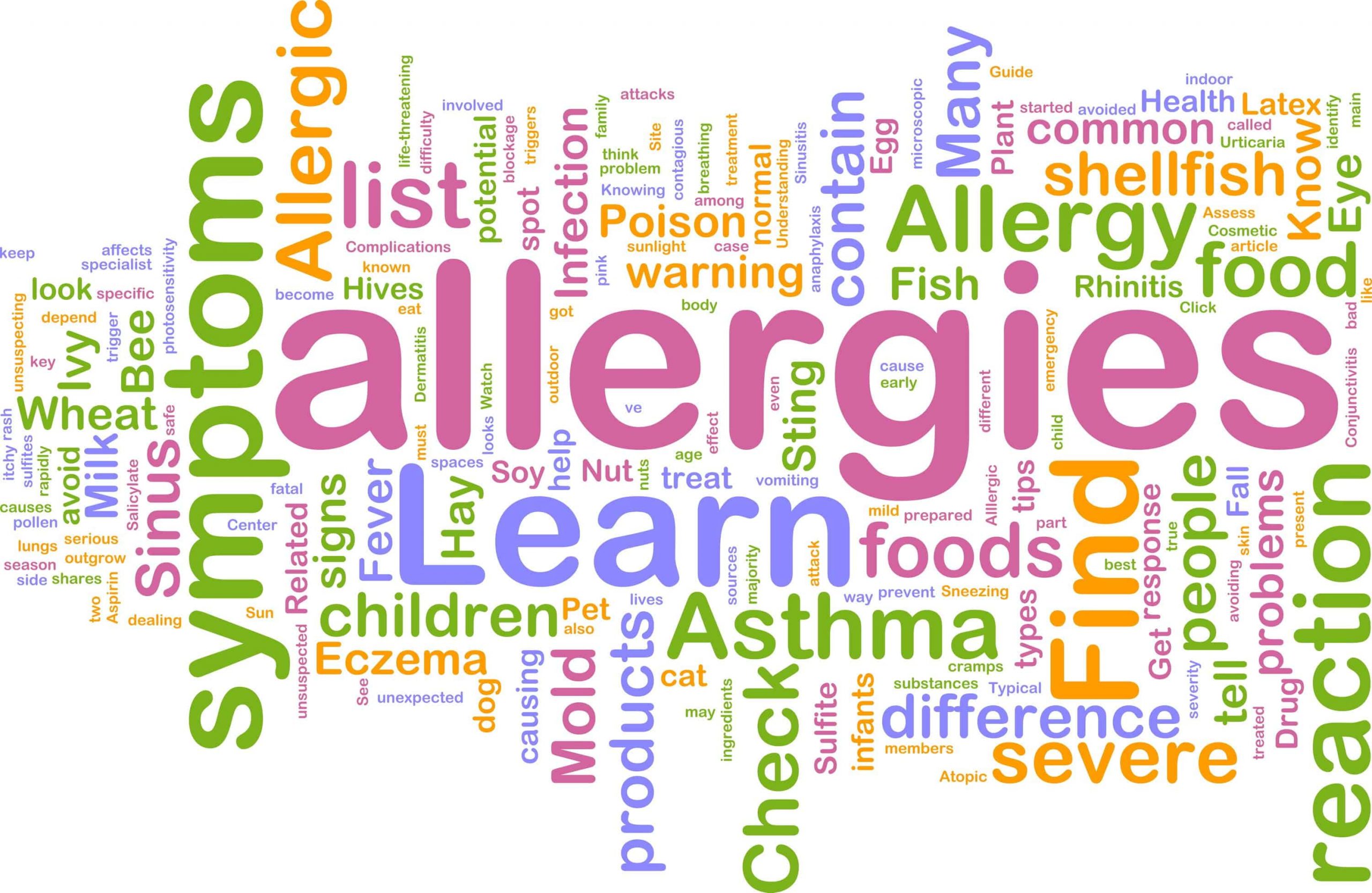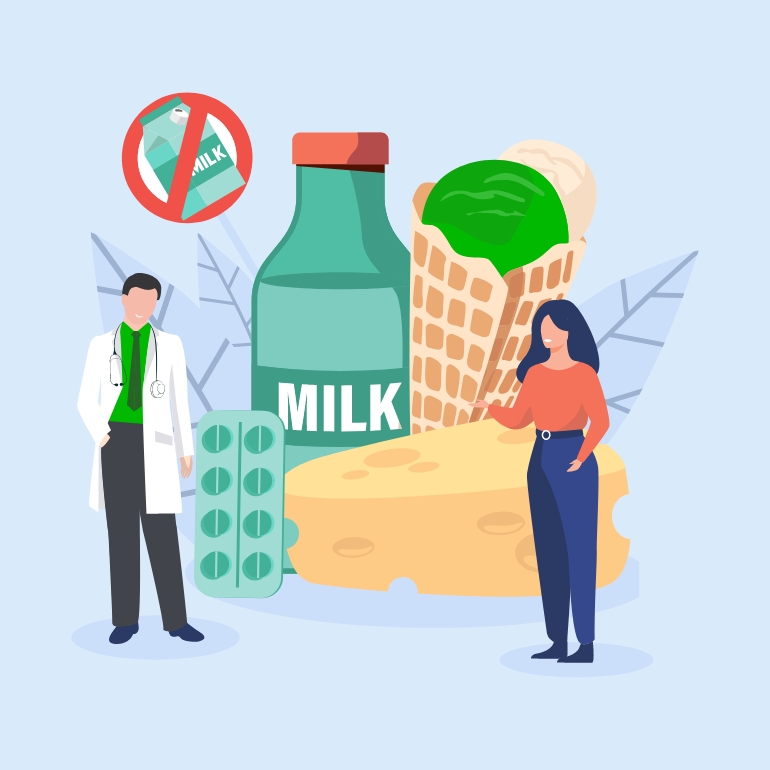Food intolerance testing
When certain foods are difficult to digest and cause an unpleasant physical reaction, this is referred to as food intolerance or food sensitivity.
A few hours after consuming the food, it typically manifests as symptoms such as bloating and abdominal pain, among other things.
However, although the number of people claiming to have food intolerance has increased dramatically in recent years, it is difficult to determine how many people are affected by the condition. Many people believe they have a food intolerance when, in fact, their symptoms are caused by something completely different.
What are the symptoms of food intolerance?
Food intolerance is characterized by the following symptoms, which are experienced by the majority of people:
- Skin rashes and itching
- Diarrhea
- Wind
- Bloating
- Tummy pain
When you eat the food, you will typically notice these symptoms within several hours of eating it.
Because these are common symptoms associated with various other conditions, it can be challenging to determine whether you have a food intolerance.
Is there a test for food intolerance?
Many companies offer food intolerance tests, but these tests lack scientific support. They are not recommended by the British Dietary Association, the leading health organization in the United Kingdom (BDA).
It is essential to track your symptoms and the foods you eat over an extended period to diagnose food intolerance. Watch what happens when you remove the suspected food from your diet for a while and then reintroduce it into your diet.
Food diary
Try keeping a food journal and making a note of the following:
- What kinds of foods do you eat?
- any symptoms you experience as a result of consuming these foods
- when these signs and symptoms appear
Experiment with an elimination diet.
As soon as you’ve determined which foods may be contributing to your symptoms, you can begin eliminating them one at a time and observing the results.
Examine your symptoms for two to six weeks after eliminating the suspected food from your diet to determine if they have improved.
Reintroduce the food and keep an eye out for a recurrence of the signs and symptoms. You may discover that you can tolerate a certain level and only experience symptoms if you go above that level.
You should seek the advice of a dietitian to ensure that you are receiving all of the recommended daily nutrients while participating in this trial. Locate a dietitian who holds a valid license.
It would help if you never restricted your child’s diet unless recommended by a dietitian or a physician.
Could it be that my symptoms are caused by something else?
A doctor should be consulted if you are experiencing frequent diarrhea, constipation, abdominal pain, or skin rashes and are not sure what is causing them.
Based on your symptoms and medical history, your general practitioner (GP) may be able to determine the underlying cause of your symptoms. They will order tests, such as blood tests if they deem it necessary.
You can also carry out your investigation. Other conditions that present with similar symptoms may prove to be of assistance in understanding your situation. Take, for example, the following:
- Food allergy
- Inflammatory bowel disease
- Lactose intolerance
- Coeliac disease
- Stress
- Anxiety disorder
- Irritable bowel syndrome
Bowel symptoms are common when someone is sick or feels run down or stressed, and it is common to experience them after these events.
Is it a food intolerance or food allergy?
Contrary to popular belief, food intolerance is not the same as food allergy in every instance. Here’s how to tell the difference between the two.
An allergic reaction to food is defined as follows:
- It is a response to the immune system (your body’s natural defense against infection). When you eat proteins in food, your immune system incorrectly interprets them as a threat.
- After consuming a trace amount of the food, it is possible to develop allergic reactions such as rashes, wheezing, and itching (these symptoms usually happen quickly)
- It’s frequently about specific foods, which is nice. Adults who have common food allergies include fish, shellfish, and nuts, among others. Milk, eggs, fish, peanuts, and other nuts are all common allergens in children, as are milk products and eggs.
- can be lethal
A food intolerance:
- This procedure does not necessitate the involvement of your immune system. There is never an allergic reaction, and the condition is never life-threatening or even fatal.
- caused by food that causes symptoms to develop gradually, frequently within a few hours of consuming the offending food
- You will only experience symptoms if you consume a significant amount of the food (unlike an allergy, where just traces can trigger a reaction)
- can be triggered by a variety of different foods
What factors contribute to food intolerance?
In many cases, the exact cause of a person’s food sensitivity is unknown.
If your symptoms appear after consuming dairy products, you may be suffering from lactose intolerance. In other words, lactose, a naturally occurring sugar found in dairy products such as milk, yogurt, and soft cheeses, cannot be digested by your body. A general practitioner can typically diagnose lactose intolerance based on the symptoms you are experiencing and your medical history.
Specific individuals have difficulty digesting wheat and may experience bloating, wind, diarrhea, sickness, and stomach pain after consuming bread or other grains of wheat. Continue reading to learn more about wheat intolerance and how it can be treated (also known as wheat sensitivity).
Otherwise, a food additive, chemical, or contaminant, such as the following, maybe to blame:
- Artificial food flavor enhancers, preservatives, or colors
- Parasites, bacteria, viruses, or toxins, that have contaminated food
- Histamine (found in alcoholic drinks, cured foods, pickled, mushrooms, and Quorn)
- Artificial sweeteners
- Alcohol
- Caffeine
- Monosodium glutamate (MSG)
Gluten intolerance
In the mistaken belief that they are gluten intolerant due to the symptoms they experience after consuming wheat, many people eliminate gluten from their diets entirely.
Although it is difficult to tell whether an intolerance causes these symptoms to gluten or another component of wheat, they may be caused by something else entirely. It may be beneficial to learn more about the benefits of eliminating bread from your diet.
Only a few people require gluten to be eliminated from their diets, but doing so is necessary if you have coeliac disease (which is not intolerance nor an allergy, but an autoimmune condition).
How am I going to manage it?
Assume that you are sure that you are intolerant to a specific food or food ingredient. This means you must temporarily abstain from eating the food and then gradually reintroduce it in small amounts while closely monitoring how much you can consume without experiencing symptoms.
Food labels should be scrutinized to determine which foods should be avoided.
You should consult with a physician or dietitian if you suspect your child may be suffering from a food intolerance before attempting to restrict their diet, as a restricted diet may impair their growth and development. Cow’s milk, for example, is a vital source of calcium, vitamin D, and protein for most people.
When should I consult a specialist?
Your primary care physician may refer you to a specialist if they cannot determine the cause of your symptoms and believe that additional testing is necessary to determine the cause.
As an added precaution, if your child experiences digestive symptoms (such as stomach pain or diarrhea), he or she may be referred for further evaluation.
- is not thriving
- None of the elimination diets recommended by your healthcare professional have had any effect on them.
- A food that has caused an unexpected or severe reaction in someone believed to be suffering from a food allergy.


